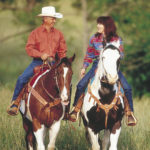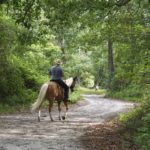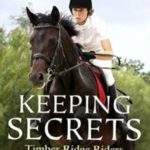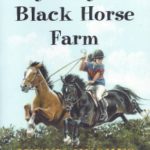Take a mini quiz from the editors of EQUUS for a quick test of your horse knowledge.

Remember those gut-wrenching Saturday mornings where you sweated over Scholastic Aptitude Tests? Here’s your chance to revisit the SAT-style analogy questions, but this time with horse-related terms and information that are bound to earn you a perfect score.
Drawing Parallels
Choose the word that best completes the following statements:
1. Colt is to stallion as filly is to
a. gelding
b. mare
c. pony
d. foal
2. Stifle is to knee as hock is to
a. toe
b. hamstring
c. ankle
d. hip
3. Hay is to fiber as grain is to
a. starch
b. vitamins
c. growth
d. calories
4. Pawing is to colic as squinting is to
a. bright light
b. blindness
c. cataracts
d. eye pain
Answers
1. b
In Thoroughbred racing terminology, a colt is a male horse 4 years old or younger and a filly is a female horse 4 years old and younger.
2. c
The parallels drawn here are between equine and human joints. In structure and function, the horse’s stifle is roughly equal to the human knee, and the hock is the same as your ankle joint. The horse’s “knee” is the same joint as your wrist, while the fetlock is the knuckle at the base of your middle digit.
3. a
Hay’s roughage provides the bulk–in all senses–of the equine diet, while grain’s carbohydrates, or starches, furnish concentrated energy. Both hay and grain contribute vitamins and calories needed for maintenance and growth.
4. d
Pain is the provocation for both pawing and squinting, and a painful eye condition is as demanding of veterinary attention as a painful belly. Horses’ slitlike pupils block out bright sunlight, so squinting is not a light-control behavior for the species; neither blindness nor cataracts, which are painless, elicit squinting.







